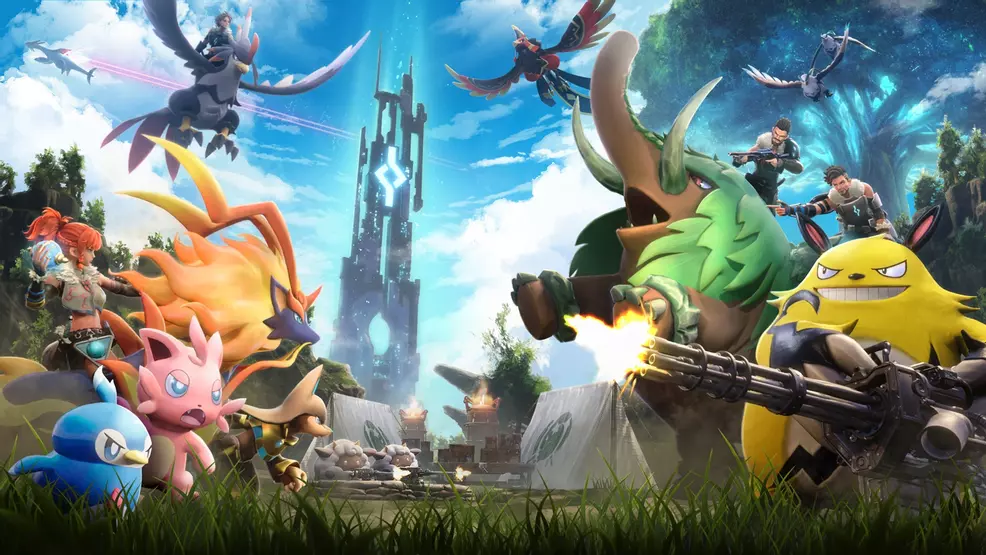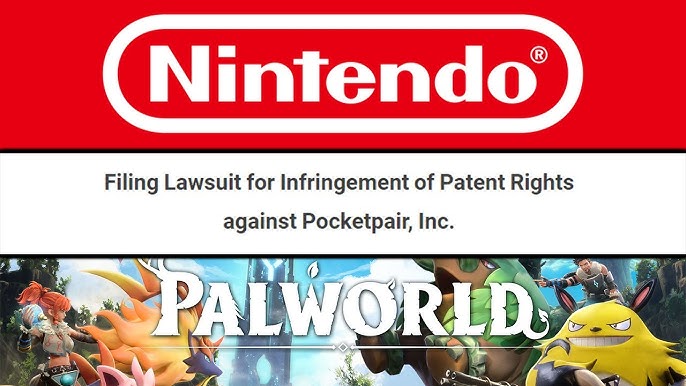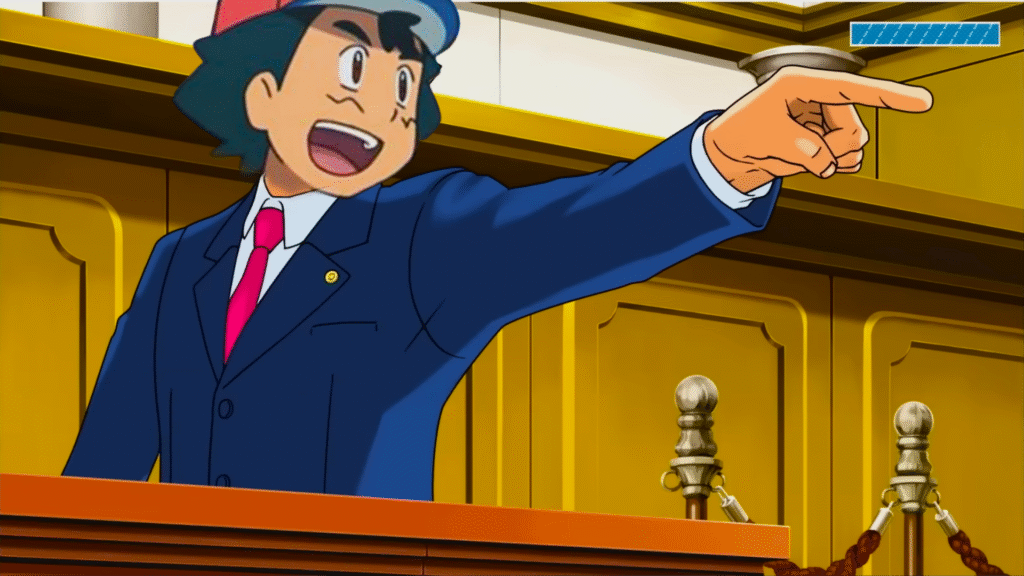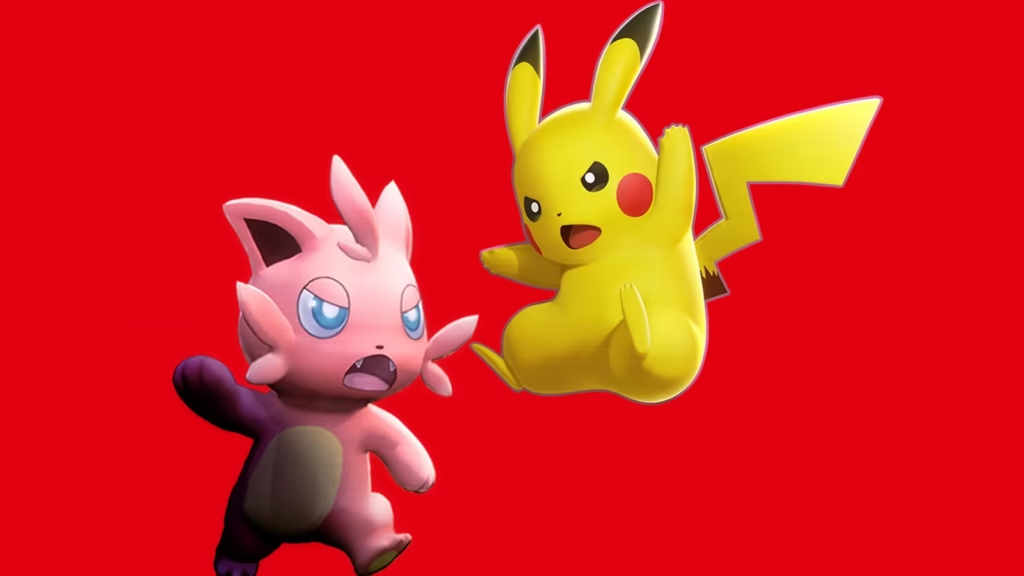In the latest development of the game franchise, Nintendo has patented a new game mechanic of character summoning. This has sparked a heated discussion of its implications for the gaming industry among developers, players, and even legal representatives.

In the mechanics patent, the character is described as a player who comes to a virtual world and is able to summon, ‘sub character’ who then battles with other character in a predetermined scenario. This is reminiscent of gaming franchises such as Pokemon or Final Fantasy, and even Palworld, who currently has legal battles with Nintendo.
Inside the Patent: How It Works
The patent describes a sequence of activities for accomplishing the character mechanics.
- Movement Input- A player moves a character in an area defined by virtual boundaries, in resonance with game actions and inputs.
- Probabilities of Character Summon and the Summon Character- A player with the press of a command button is able to bring a character (sub-character) to space.
- Battle- When a new character is created, if there is an existing one, an immediate battle of the two characters is initiated.

- Two Modes of Control –
- Direct Input Mode – The player gives real-time commands during the battle.
- Automatic Mode – The summoned character fights autonomously if the player does not input commands.
- Adaptive Gameplay – The sub-character can continue moving independently to engage future enemies, even if summoned away from battle initially.
In its filing, Nintendo mentions a storage unit that holds a computer program for a game, meaning the patent is relevant to the game’s technology, not just to its design. The claims in patents are phrased in a purposefully wide manner to include any instance in which a player is able to summon a character to fight either automatically or through player control.
A key excerpt from the filing states:
“A game program stored on a non-transitory computer-readable storage medium enables the control of a player character and sub-character in a virtual space, wherein the sub-character may be summoned to engage an enemy character under conditions determined by player input or autonomous behavior.”
Why It’s Controversial
Although the description may seem like a typical game feature, it is the claims that are raising eyebrows. From Final Fantasy to Monster Hunter Stories, summoning is a staple mechanic in many game franchises for decades. Developers fear that this may lead to a world where patent infringement lawsuits are served to games that vaguely resemble the patented procedure.

Paul Tassi of Forbes commented:
“This patent could give Nintendo an incredibly powerful legal tool. It’s not just about Pokémon battles — the language is broad enough to potentially apply to dozens, maybe hundreds, of games where a summoned ally fights alongside the player.”
Impact on Palworld and Similar Games
This patent’s timing is important. Currently, Nintendo is in the middle of a lawsuit against Pocketpair, the developers of Palworld, a game that gained notoriety for its monster collection and battling gameplay. Palworld was branded as a ‘Pokémon with guns’ and it is not the first time Nintendo’s concern for its IP has been shown.

An industry analyst told Yahoo that:
“This move strengthens Nintendo’s position against Palworld. Even if previous lawsuits focused on copyright and character design, a patent gives Nintendo a clear edge in arguing that the core mechanics are their protected innovation.”
As more studios evaluate the potential impact of this patent, the games fray may well get much worse. The patents interpretation is likely to fall on games such as Digimon, Persona, and World of Warcraft.
Broader Legal and Industry Implications
- The video games industry has always been conservative in patenting mechanics of games. While patents for technology are abundant — controllers, online match-making, etc. — gameplay mechanics have been more difficult to protect. Perhaps, this move from Nintendo will change that.
- For Developers – Indie companies might have to confront new challenges. Even the accidental creation of certain mechanics could result in expensive lawsuits or the reworking of the fundamental structure of the game.
- For Nintendo – It further adds to the core of their intellectual property, and reduces competition in the market for games that are Pokémon-like.
- For Players – If people are afraid to take risks, the variety of games will continue to diminish.

An attorney specializing in patent law explained in an interview with NetDania:
“Nintendo’s patent is unusual because it blends very common gameplay actions — summoning, battling, and AI autonomy — into a legal framework. Its enforceability will depend on whether opponents can prove prior art existed before the patent application.”
Historical Context
Without a doubt, Nintendo has been one of the companies that has defended the intellectual property rights the fiercest. The company has a reputation for IP overreach, often shutting down Pokémon fan projects and going after clone hardware. The company’s latest patent is a testimony to unbridled aggression in Nintendo’s IP.
Many believe that the company’s application to this patent was filed in anticipation of the ‘Palworld’ phenomenon, now said to be the most successful game in the world. Speculations are that Nintendo has always been working on legal frameworks to counter the emergence of new game titles.
What’s Next?
This question is to be directed to Nintendo, and the extent of their patent depends on the manner in which the company opts to defend it. Targeting other companies in this domain might change the outcome of games that include summoning and battles completely.
A game developer anonymously shared with:
“We’re watching this closely. Almost every RPG has some form of companion or summoned ally system. If Nintendo pushes this, it could fundamentally change how we design games.”
Final Thoughts
The news that Nintendo patents summoning mechanics has left the industry on edge. While it may initially seem like a move aimed at defending Pokémon, its far-reaching language has implications for nearly every game with companion characters or summoning systems.

As courts interpret the details, the outcome could redefine the boundaries of innovation, creativity, and legal control in gaming. For now, one thing is clear:
Nintendo has entered the games fray with a powerful new weapon — and developers everywhere are taking notice.


